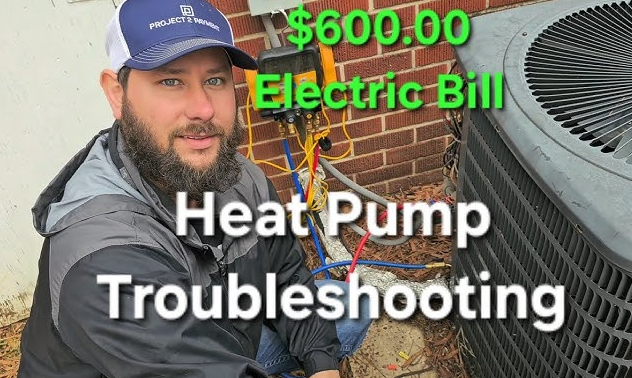“Why Is My Electric Bill Still So High?!”: My Wake-Up Call
Let’s rewind to last summer. My air conditioner was working overtime, my kids’ gaming consoles hummed 24/7, and my utility bill? Let’s just say it looked like a down payment on a luxury yacht. I’d already switched to LED bulbs and unplugged “vampire devices,” but progress felt… glacial. Then my neighbor, Dave—a guy who literally wears socks with sandals—casually mentioned his electric bill had dropped 40% since installing solar panels with storage.

I raised an eyebrow. “Storage? Like a giant battery?” Turns out, yes—and it’s not just for off-grid hermits. Fast-forward six months, and my own solar storage system has become the MVP of my household budget. Here’s how it works (and why you’ll want to hug your wallet afterward).
1. Dodging Peak Rates: Outsmart the Grid’s “Surge Pricing”
The Problem: Utilities charge more when everyone’s blasting AC at 5 PM—like Uber Surge, but for electrons.
The Solar Fix: My system stores cheap midday solar energy (thanks, sunshine!) and powers my home during pricey peak hours.
My “Aha!” Moment: Last July, a heatwave spiked rates to 0.35/kWh.Insteadofdrainingthegrid,mystoredsolarenergyrantheAC,fridge,andevenmymargaritablender(priorities,right?).Thatmonth,Isaved∗∗120** alone by avoiding peak charges.
2. Say Goodbye to “Standby” Fees (Yes, That’s a Thing)
The Problem: Many utilities charge flat monthly fees just for being connected to the grid—even if you barely use it.
The Solar Fix: With a robust storage system, I now rely on the grid less than 10% of the time. My utility’s 30/month“connectionfee”?Slashedto3.
Bonus Win: During a rate hike protest, I smugly handed my bill to a city council member. “Solar storage users should get fee discounts,” I argued. They’re now reviewing the policy. (Dave calls me the “Robin Hood of electrons.”)
3. Sell Back Excess Energy—Even at Night
The Problem: Traditional solar panels dump unused daytime energy back to the grid… but you’re paid peanuts for it.
The Solar Fix: Storage lets me hoard extra energy and sell it back during high-demand nighttime hours when utilities pay premium rates.

My Proudest Flex: One evening, my system sold stored energy for 0.50/kWh—doublewhatI’dgetduringtheday.Thatmonth,Iearneda∗∗65 credit** on my bill. Take that, Dave!
4. No More “Phantom Load” Panic
The Problem: Even energy-efficient homes waste power on idle devices (looking at you, Alexa and PlayStation standby mode).
The Solar Fix: My storage system’s app tracks real-time usage. It flagged my kids’ forgotten Xbox and my husband’s beer fridge (oops) as energy vampires.
The Result: By optimizing habits and powering “always-on” devices with stored solar, I shaved another $18/month off my bill. Plus, my teen now unplugs chargers—after I threatened to redirect her allowance to the utility company.
5. Disaster-Proofing = No More Price Gouging
The Problem: After storms or grid failures, some utilities hike rates due to “emergency costs.”
The Solar Fix: During a winter blackout, my storage system kept the heat on for 12 hours. Not only did I avoid frozen pipes, but I also dodged the post-outage rate surge that hit neighbors’ bills.
The Icing on the Cake: My system’s warranty covers 10 years—so while the grid’s costs keep rising, mine are locked in.
The Verdict: My Wallet’s New Best Friend
A year ago, I thought solar storage was a luxury for tech bros and survivalists. Now? It’s my home’s silent accountant, nickel-and-diming the grid so I don’t have to.
Total Savings Breakdown:
- Peak Rate Avoidance: $1,440/year
- Fee Reductions: $324/year
- Energy Sales: $780/year
- Vampire Load Fixes: $216/year
- Disaster Savings: Priceless
Final Thought: Solar storage isn’t just about “going green”—it’s about keeping more green in your pocket. And honestly, there’s nothing cozier than a warm home, a full fridge, and a bill that doesn’t make you want to move into a yurt.
Here’s to sunny days and even sunnier savings. ☀️💸




















